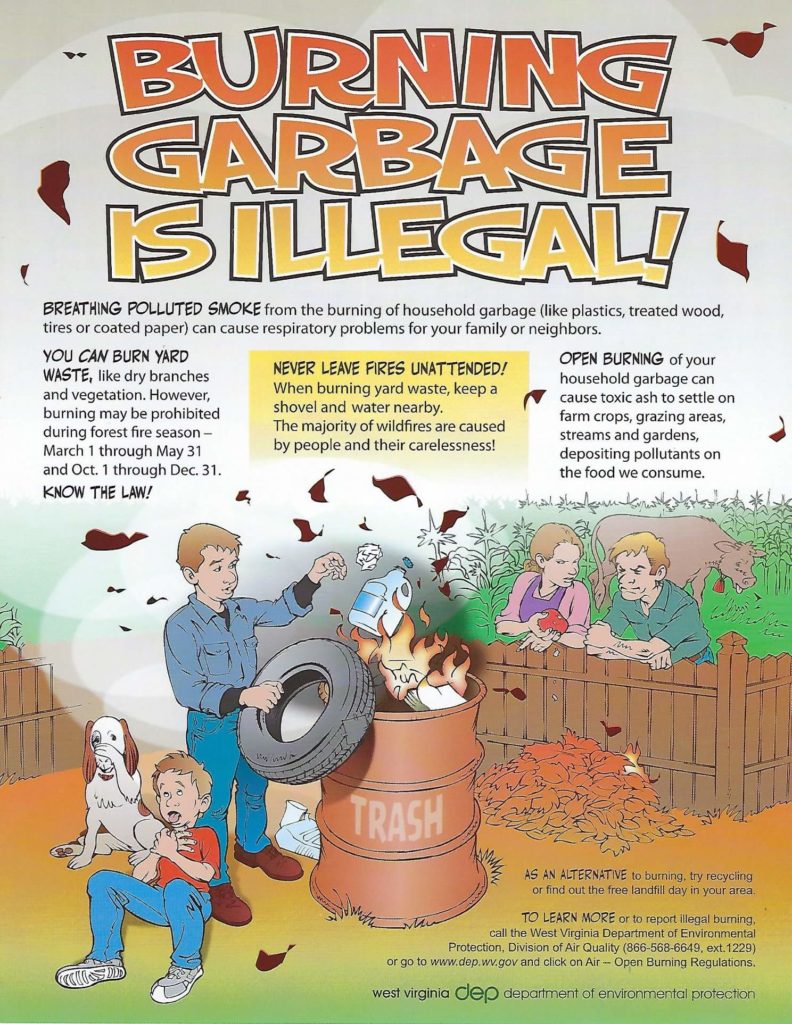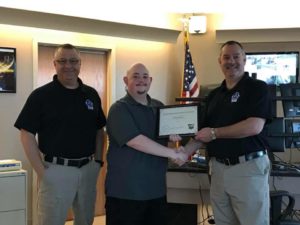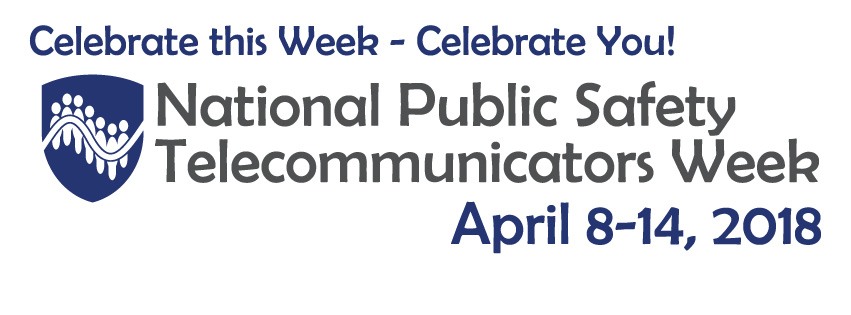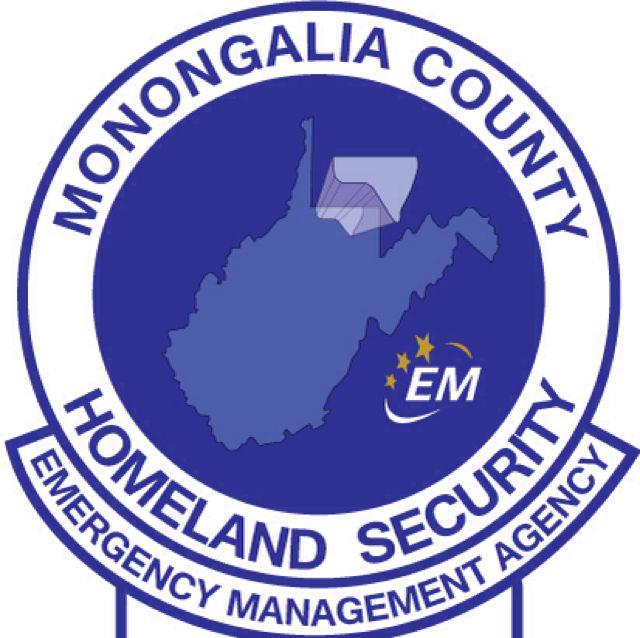
A friendly reminder from SCVFD and the Department of Environmental Protection: No matter the time of year burning garbage is illegal in West Virginia.
‘LIKE’ us on FACEBOOK and follow us on Instagram by searching “starcityvfd”

A friendly reminder from SCVFD and the Department of Environmental Protection: No matter the time of year burning garbage is illegal in West Virginia.
‘LIKE’ us on FACEBOOK and follow us on Instagram by searching “starcityvfd”

Congratulations to our Fire Chief Ethan Bailey for being named the 2017 Telecommunicator of the Year for Monongalia County (MECCA 911). Ethan is truly dedicated to the communities we serve and we thank him for his work both as Fire Chief with SCVFD and Telecommunicator for MECCA 911.
Amazing transformation!!! Our members spent the last week updating the fire bunk room and what a dramatic difference they made. This bunk room is where our volunteer members stay overnight while on ‘duty crew’ and allows us to provide a faster response time to all the communities we serve.
Special thanks to Lowes in the Pierpont Center for their generous donation that allowed us to offset some of the cost of the materials you see here.
Do you want to volunteer with us and serve the citizens of Monongalia County? Give us a call, VISIT THE STATION or visit our RECRUITMENT or MEMBERSHIP pages for more information.
And as always, “LIKE” us on FACEBOOK, visit our EVENTS PAGE and follow our Instagram by searching “starcityvfd”


Star City Fire & EMS would like to thank our local 911 Center (MECCA 911) for all they do. Truly the unsung heroes. They are the Golden Line that ties our Red, White and Blue lines together and we are truly thankful for all they do for us and our communities.
And as always, ‘LIKE’ us on FACEBOOK and visit our SCVFD EVENTS PAGE

OR
There are a number of methods that can be used to stop bleeding and they all have one thing in common—compressing a bleeding blood vessel in order to stop the bleeding.

For life-threatening bleeding from an arm or leg and a tourniquet is NOT available OR for bleeding from the neck, shoulder or groin:
For life-threatening bleeding from an arm or leg and a tourniquet is available:
Note: A tourniquet will cause pain but it is necessary to stop life-threatening bleeding.
Instructions and photos have been taken from the Save a Life booklet. Download the booklet for additional information on how to stop the bleed.
Pons PT, Jacobs L. Save a life: What everyone should know to stop bleeding after an injury. Chicago, IL: American College of Surgeons; 2016.
 Remember that WV “Spring” forest fire season begins today! Please follow all WV state laws when burning outdoors during this time.
Remember that WV “Spring” forest fire season begins today! Please follow all WV state laws when burning outdoors during this time.
Also keep in mind that materials illegal to burn at any time in WV include but are not limited to:
If you have any questions regarding open burning contact the WV Division of Forestry at (304) 558-2788, visit the WV DIVISION OF FORESTRY WEBSITE, or contact your local fire department.
And as always, ‘LIKE’ us on FACEBOOK and visit our SCVFD EVENTS PAGE